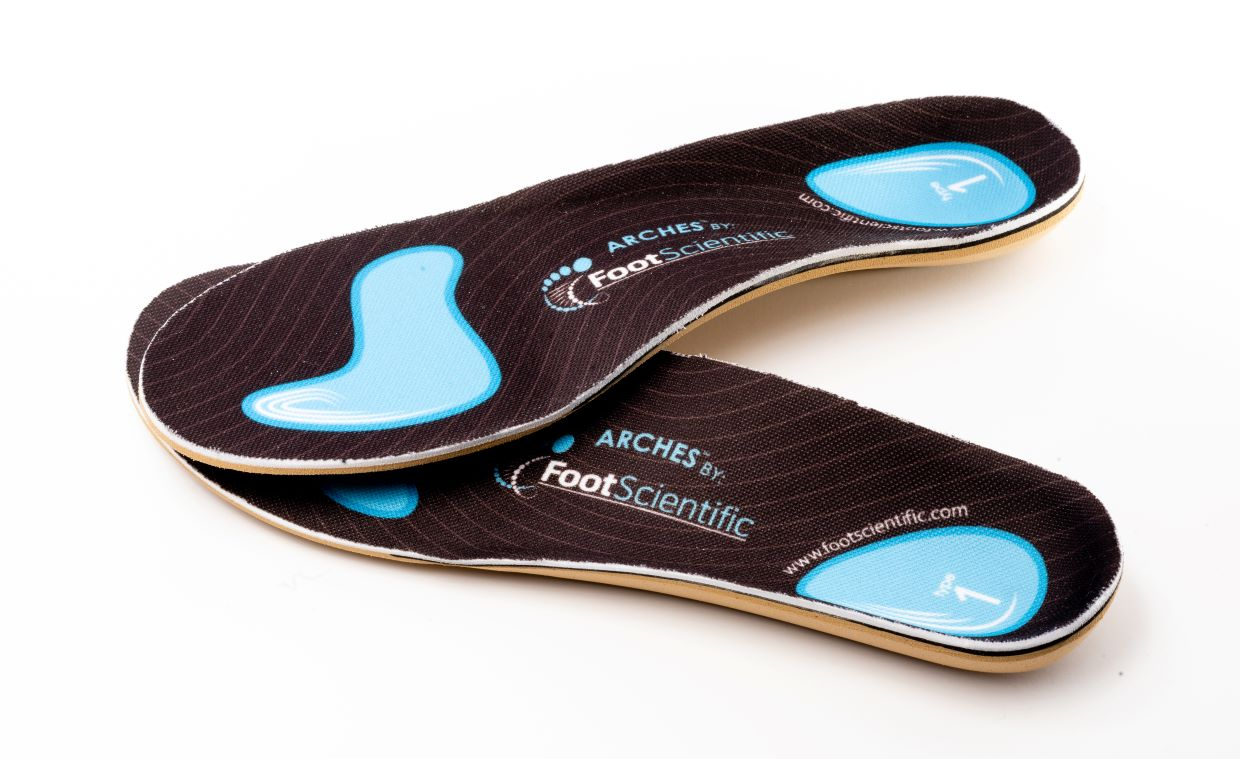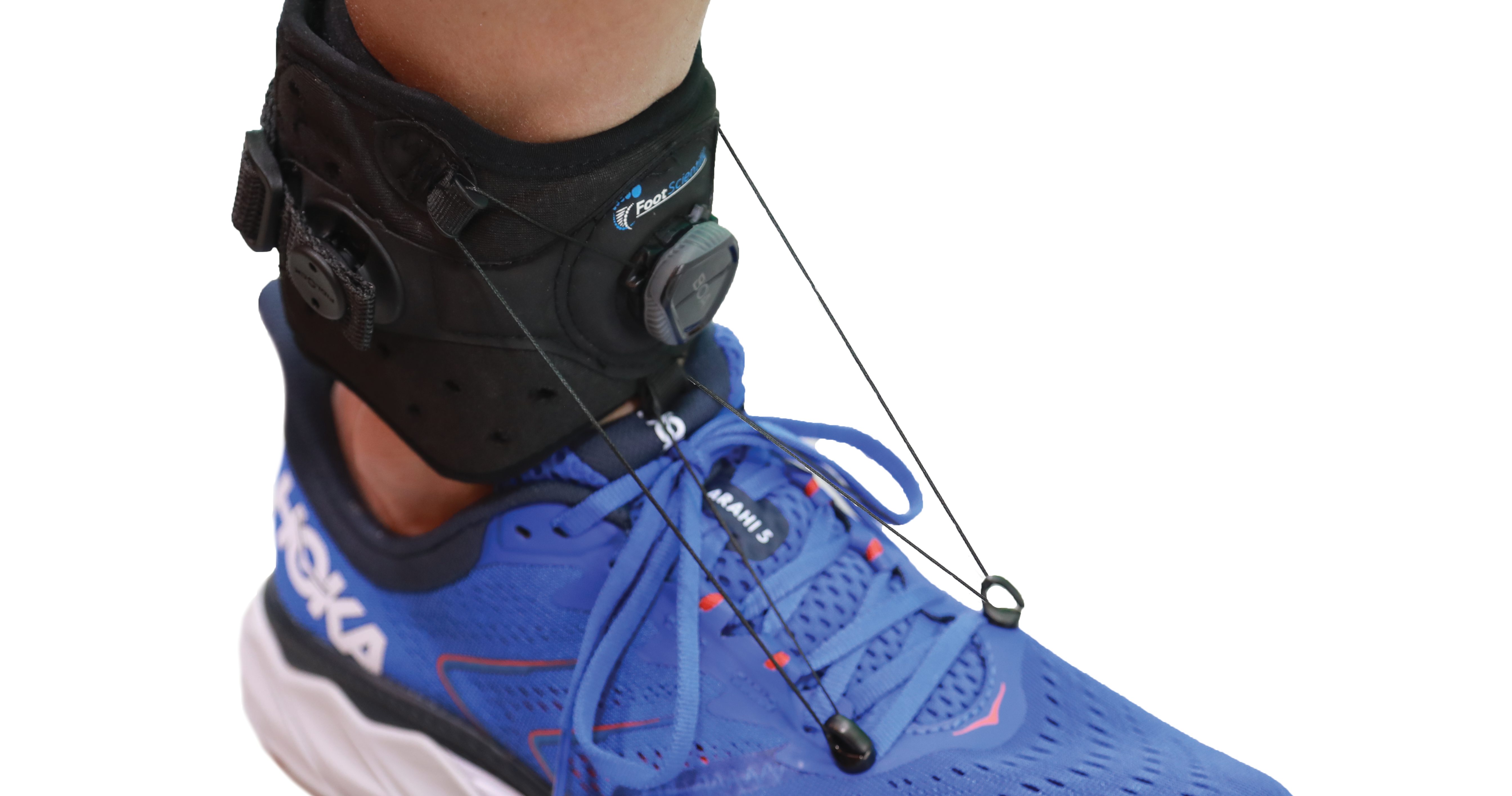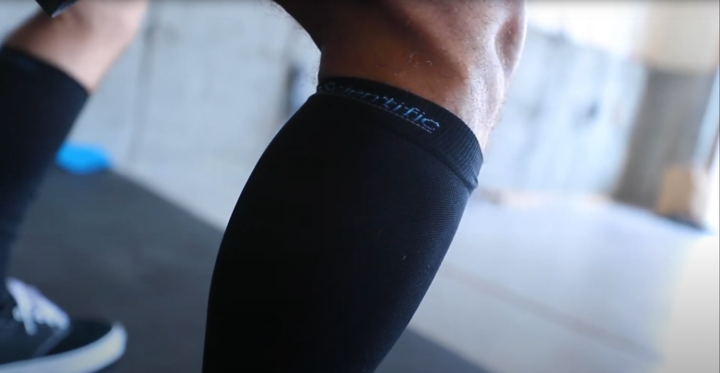Subtle Cavovarus
Subtle Cavovarus: A Common and Underserved Foot Deformity
For over thirty years, the orthotic and footbed industry has focused on the correction of flatfoot / pronation deformities. This has led to an extensive industry of arch support products sharing many of the same features and elements in common
In the meantime, there is a notable lack in both the understanding and pre-surgical treatment of the high arch or cavovarus foot alignment and especially the subtle cavovarus foot and its symptoms.' Like flatfoot, high arches are a common deformity leading to significant, under-treated symptoms.
The cavovarus foot typically overloads or puts too much pressure on the first metatarsal head or the ball of the foot behind the big toe. It also tends to tilt the heel so that the pressure is on the outside of the heel and can cause pressure along the outside of the middle foot. This tends to lead to tendon problems, stress fractures, and ankle sprains, as well as potential structural problems to include the knees, hip, and lower back.
If a patient has a high arch, walks on the outside of their foot, or feels undue pressure on the ball of their foot, then using a typical orthotic will accentuate or worsen the deformity and can lead to several problems from overcorrection. The high arch, cavovarus foot needs to be adjusted in directions opposite to the typical orthotic, while having specific features to best address symptoms.
An Important Solution to Cavovarus Symptomology:
Over a twelve-year period, FootScientific has worked intensively to identify and refine the essential elements of an orthotic correcting or accommodating the high arched or cavus foot. Our outcomes have been validated by users and through extensive recommendation by some of the world leaders in the understanding of pathologies and problems associated with subtle cavovarus - high arches.
The Footscientific Type 3 Arches orthotic corrects for the subtle cavovarus foot in three ways:
- It allows the over-flexed first metatarsal, or big toe metatarsal, to drop into a comfortable position through a cradling trough.
- At the same time it tilts the heel out of it's abnormal position - neutralizing the heel. This takes pressure off of the outside middle of the foot and reduces the risk and tendency for ankle sprains.
- The third important element in this proven product is the choice of materials used to create a comfortable correction. The proprietary cork and foam combination allows the high-arched, rigid foot to adjust over time to individual differences while maintaining corrective control.
As a result of the design and materials, that there is no comparably effective alternative to FootScientific's Type 3 orthotic for symptoms of high arches. Patients and the health care providers recommending or selling this product agree.




